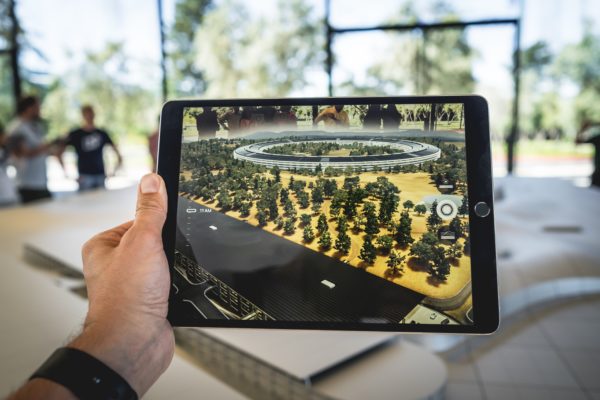Deakin’s new composite materials professor says improved resins will define the next generation of carbon composites.
Lighter, stronger, self-healing and morphing properties are but some of the features of composite materials that will appear in the coming decades.
According to Deakin’s new Professor of Composite Materials, Russell Varley, the only thing holding back such applications is the performance and functionality of today’s resins.
Professor Varley has joined Deakin from CSIRO’s Clayton facility where he spent 26 years honing his polymer chemistry expertise. He has collaborated with companies such as Boeing and Petronas, and with world class polymer experts like Prof Jeff Wiggins from the University of Southern Mississippi and Prof Frank Jones from the University of Sheffield.
At Deakin, Professor Varley will lead 25 research scientists at the state-of-the-art Carbon Nexus research facility, established in 2014. The team focus is on improving carbon fibre and composite manufacturing through engineering, polymer science and resin chemistry, to engage and support the development of advanced composite manufacturing in Australia and overseas.
“I am thrilled to be here,” said Professor Varley. “Carbon Nexus is a unique research facility – an icon, which is able to produce high performance, low cost carbon fibre.
“Our group is at the forefront of advanced composite manufacturing research in Australia, seeking to create the next generation of composite materials with local industries, through to global companies like Boeing and Quickstep.
[testimonial_text]Composite materials are a strategic priority at Deakin and with our co-located partners such as Quickstep and Carbon Revolution – more than any other site in Australia – and the CSIRO/Deakin future fibre research facility (AFFRIC), we have a fantastic opportunity to make a global impact with our research.[/testimonial_text]
[testimonial_picture name=”Professor Russell Varley” details=”Professor of Composite Materials”]
 [/testimonial_picture]
[/testimonial_picture]Professor Varley is unapologetically passionate about polymers and resin chemistry.
“It is the real reason why carbon fibre is great,” he said.
“Carbon fibre provides the outstanding strength/weight ratio, but the resin binds the fibres together, allowing the fibre to fulfil its promise. When carbon fibre composites fail, it is usually because the resin has failed, thus providing the research challenge.”
Carbon fibre consists of polyacrylonitrile (PAN) precursor that is transformed into nearly pure carbon through extreme heat and then combined with synthetic resins to produce carbon fibre and carbon fibre composites. It is just 20 per cent the mass of steel, but equally strong and stiff.
Professor Varley predicts that resins will be increasingly tailored for specific applications, as technical understanding grows and properties are improved. The pace of adoption will build across many industries like aerospace, automotive, energy and construction.
“As a showcase example, around 50 per cent of Boeing’s Dreamliner 787 is made from carbon fibre composites, providing safety, light weight / fuel efficiency and design flexibility,” he explained. “These characteristics will drive new ideas and applications in many industries.”
In terms of the current scientific challenges, researchers still need to know that composites have the durability to perform over time and can withstand the long-term effects of extreme environments, particularly for the infrastructure, automotive and aerospace industries.
“The vast majority of composites are made with epoxy resins. They stick really well, but if you try to peel them off, they can smash like glass because they are brittle. We are trying to find an optimised formulation,” he said.
“The future for carbon fibre composites will be their multi-functional performance. Looking ahead, the lighter, stronger, faster mantra will not be enough, as additional performance criteria such as fire resistance, self-healing, conductivity and morphing capabilities will be increasingly in demand. These are the challenges that we are here to solve.”



